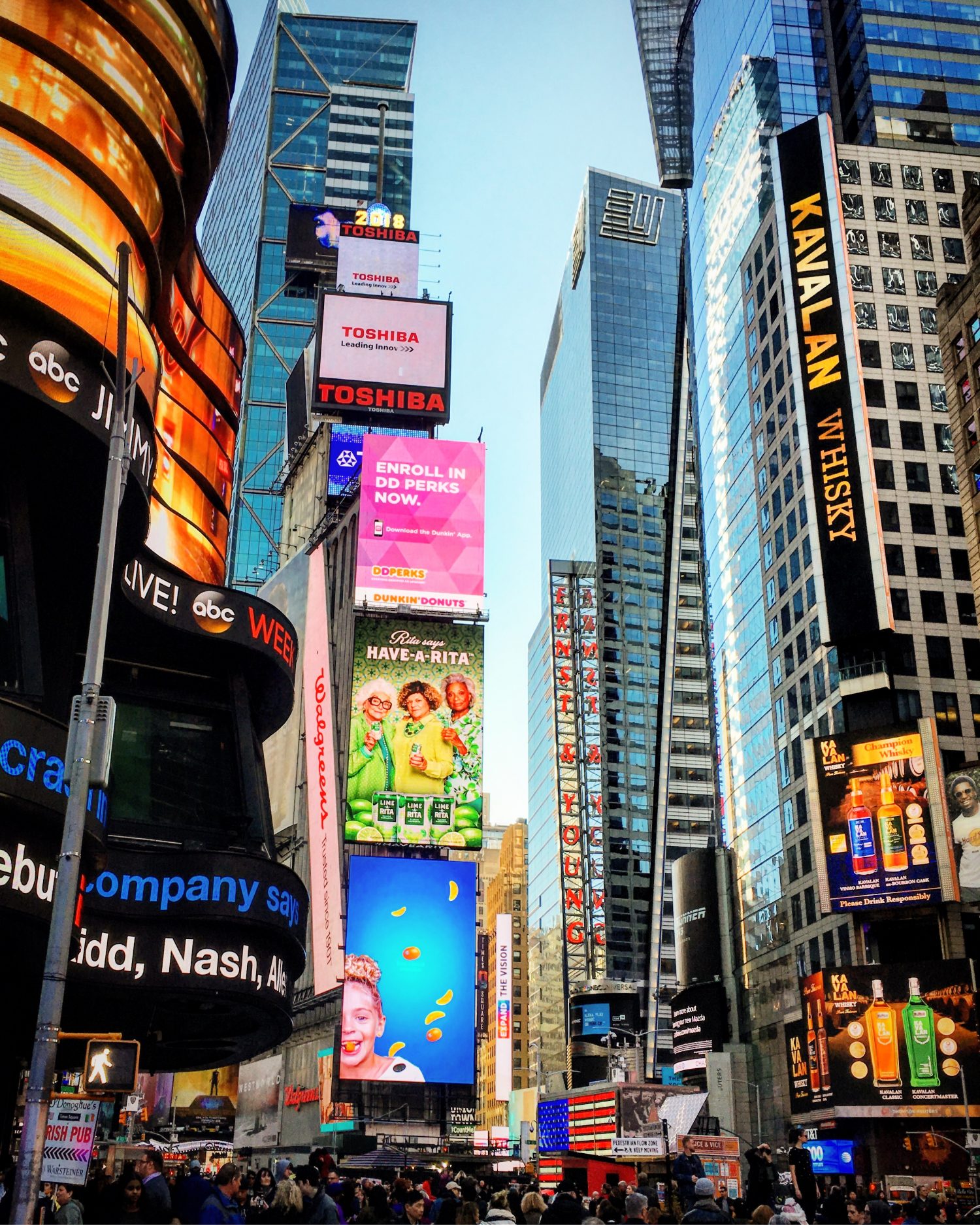Exploring The Way Definition Affects the Performance and Aesthetic Caliber of Light Emitting Diode Screens in Contemporary Exhibition Technology
Exploring The Way Definition Affects the Performance and Aesthetic Caliber of Light Emitting Diode Screens in Contemporary Exhibition Technology
Blog Article
LED screens are becoming increasingly popular in different settings, including musical events and sports competitions to corporate displays and creative installations. One of the most crucial factors that affect the functionality and visual clarity of these displays is resolution. Resolution refers to the number of pixels that make up the visual on the display. Higher resolution indicates additional picture elements, which can result in sharper and clear images. Understanding how image clarity impacts LED walls can help users make knowledgeable decisions about their display needs.
When discussing resolution, it is essential to take into account pixel pitch, which is the gap between the midpoint of one picture element to the center of the following pixel. A smaller pixel spacing yields a greater image clarity, enabling more detail in the images displayed. For example, an LED screen with a picture spacing of 1.5mm will offer a clearer image than one with a pixel pitch of 3mm. This is particularly crucial in environments where audiences are near to the screen, such as in a small venue or a trade event booth. In these cases, a greater image clarity can greatly improve the observing quality.
Another factor of resolution is its impact on color accuracy and brightness. LED walls with greater image clarity often have better color rendering, indicating that the hues displayed are increasingly lively and realistic. This is essential for applications like marketing, where the objective is to capture attention and convey a concept efficiently. Additionally, greater image clarity displays can maintain luminosity levels even when seen from various perspectives. This is crucial in big locations where viewers may be seated at various ranges and angles from the display.
The functionality of LED walls is also influenced by resolution in terms of refresh rates and reaction durations. A greater image clarity screen can handle faster refresh rates, which is essential for fast-moving content such as films and animations. This means that the images on the screen will appear more fluid and increasingly seamless, improving the total observing quality. In comparison, reduced image clarity screens may have difficulty with find out dynamic material, resulting in fuzziness or delay. Therefore, for occasions that rely on dynamic images, selecting a screen with a appropriate resolution is vital.
In summary, image clarity plays a crucial role in determining the performance and visual quality of LED screens. Factors such as pixel pitch, hue precision, luminosity, update frequencies, and reaction durations all affect how efficiently a screen can convey data and engage viewers. As technology continues to advance, understanding these elements will help operators choose the appropriate LED screen for their particular needs, ensuring that they achieve the best possible outcomes in their presentations and events.